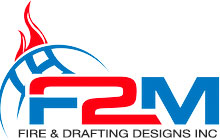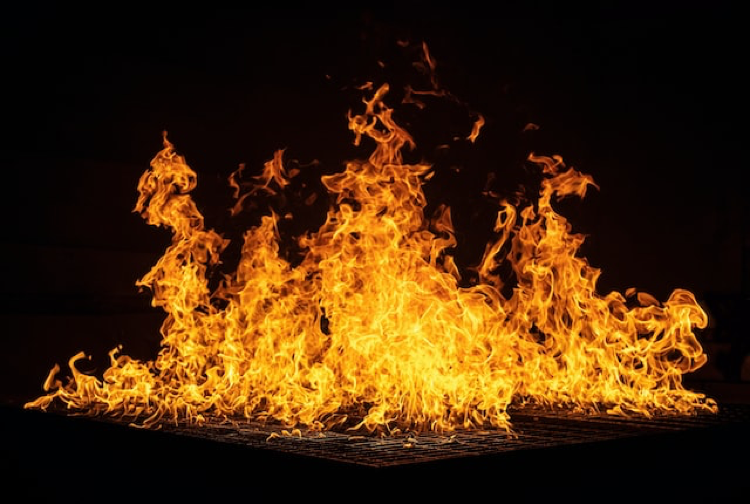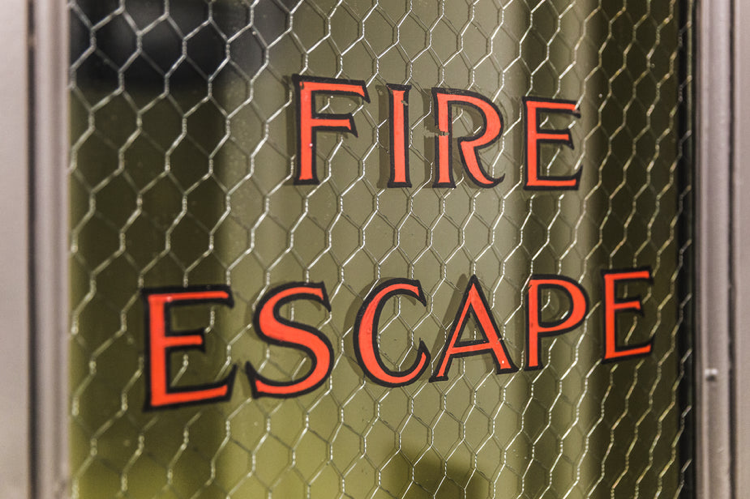Professional Fire Sprinkler System Design
Professional fire sprinkler system design is vital for any property that is at risk for fire as they help protect them. Since fire related accidents are rare, your system will mostly remain inactive. However, you must still install it to mitigate fire risk, ensuring you can extinguish it quickly. While you will come across a wide range of fire sprinkler systems, only some options may suit you because each system is made with a particular area in mind.
So, before installing a professional fire sprinkler system, ensure you are familiar with its design and whether it suits your location. As the names suggest, wet pipe sprinkler systems contain water, and dry systems have water and air. The water in dry sprinkler systems is held back with the help of a valve.
Sprinkler systems with wet pipes are usually the go to option for most business and residential settings. Meanwhile, sprinkler systems with dry pipes are suitable for places where water based piping would not be practical. Depending on your particular building’s characteristics, installing a sprinkler system could be mandatory. Now, let us talk about the designs of different fire sprinkler systems.
A Look at Fire Sprinkler System Designs
It must be clear that wet and dry fire sprinkler systems have vastly different designs and features. Let us discuss them to see what makes them unique:
Wet Fire Sprinkler Systems
Sprinkler systems with wet pipes contain pressurized water. The primary purpose of adding this water to the pipe is to ensure that the system can extinguish the fire immediately. Once the sprinkler system’s head opens after responding to heat, it releases water at a high pressure to put off the fire.
Because of this, wet pipe systems respond more rapidly than other sprinkler systems. It is also worth keeping in mind that the response time is independent of the water supply and the sprinkler head.
Wet pipe systems do not cost much, and their response time is quite fast, making them the go to option for most properties. Additionally, these systems do not require much maintenance either. The only downside of this system’s design is that since its pipes store water, they can freeze during the winter and possibly crack or break.
Plus, there are certain situations where properties contain flammable substances, and the system may need to release water immediately. It may not be possible if the property uses a wet pipe system, as every sprinkler head releases water individually after spotting heat. So, activating the heads all at once is not possible.
Fire Sprinkler Systems with Dry Pipes
Dry pipe fire sprinkler systems are quite similar to wet pipe systems in that their sprinkler heads become active in response to heat. The main difference between the two is that dry pipes contain nitrogen or compressed air rather than water. They also contain a valve, which controls the water entrance. Once a sprinkler head becomes active, it releases the air, opening the valve because of the pressure and letting water enter the system.
While dry pipe fire systems are quite effective and serve their purpose efficiently, their response time is slower than wet pipe sprinkler systems.
Professional Fire Sprinkler System Design: Final Thoughts
Do you want to safeguard your property from potential fire accidents? If so, you will need experts familiar with fire sprinkler system designs. That is where F2M Fire & Drafting Designs Inc. can help you. Contact us to explain your fire safety needs, and one of our experts will be right there to provide you with a swift and effective solution.
F2M Fire & Drafting Designs Inc.
31 South Street, Suite 3S-4
Mount Vernon, NY 10550
(718) 928-3009
info@f2mfadds.com
https://www.f2mfadds.com/contact


